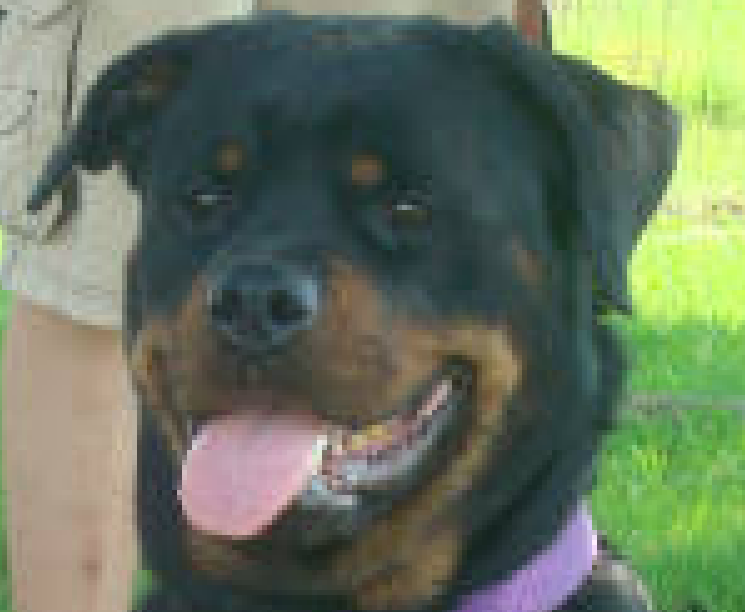
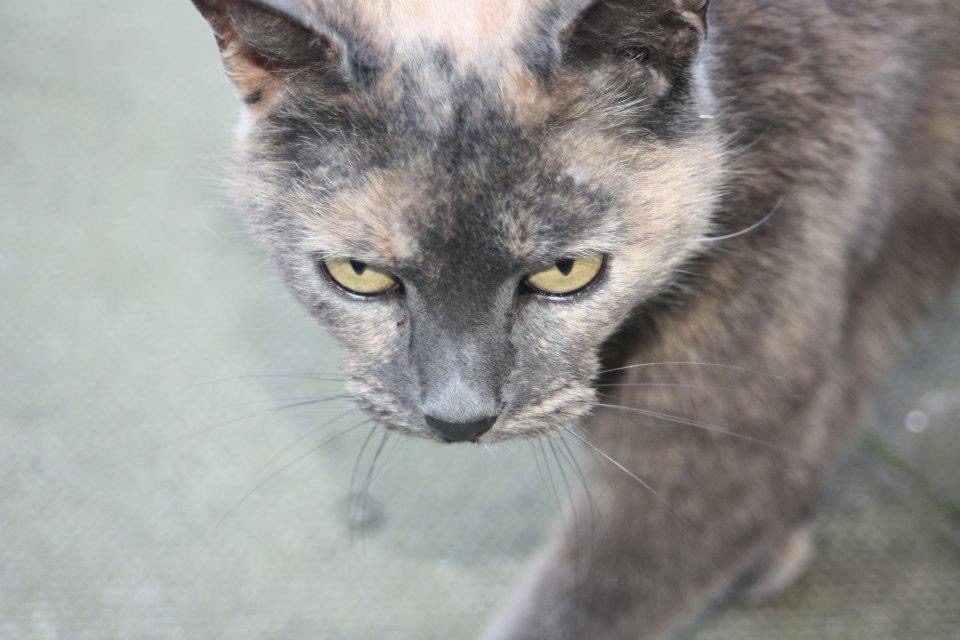
Welcome to the Photo Guide.
This should help you when taking pictures of your pets to send in.
The quality of the image I work from for each Portrait is one of the most important aspects of the drawing process. Why? Because the quality of the photograph determines the quality of the drawing. The more detail I can see, the more detail I can draw. That's basically how it works.
You don't need to be a budding photographer or have an Art degree to take a great photo, but here are is a simple check list and some visual examples to help you along the way!
Here's a checklist:
Choose your device - A camera, a phone camera, a DSLR, which ever one you have.
Lighting - Good lighting can make for a beautiful image, bad lighting just creates a grainy dark image which is no use for a drawing.
Where to take the photo - Take your pet to a light area of you house, by a large window, or take them into the garden when it is daytime. If you're in a stable, take them outside for their picture. Natural light is the best light as it captures their colour and fur detail the best.
What to photograph - It's important that you photograph only what you need for the drawing. So for a Portrait, all you need is the head and shoulders. The image should be take close up of your pet's head and shoulders so you can see their features.
Angles - Take your photo at the height your pet is at, too high and it will be too far away from your pet and it will distort the face shape. Make sure you get a photo of your pet's full face or a profile shot of the side of the face (usually used if it's a horse or bunny.)
Zoom Test it - When you zoom in, is the detail clear enough for you to see? Zoom into the eyes, nose and ear sections, can you see individual hairs or is it too fuzzy? If you see hairs, your photo is good and you can send it - if you're not sure send it in and I'll let you know!
![]()
Lighting
Good Example
This is a great example of good lighting. You can see all of the details of Louis' fur and his eyes are really bright and prominent. There is lots of contrast between the light and dark fur and to add to this the angle the photo has been taken at showcases his face really well.
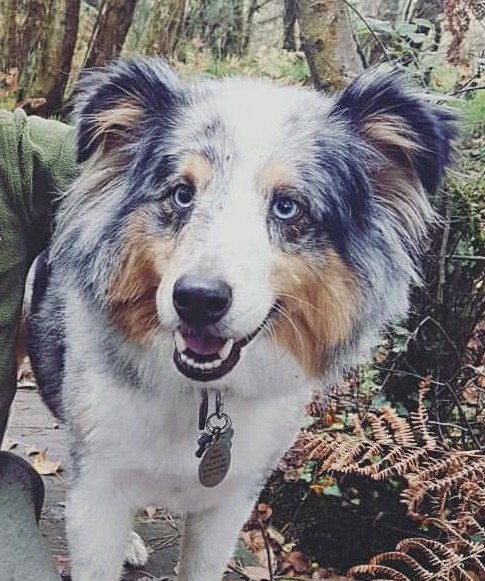
Bad Example.
This one here isn't a great example of lighting. The reason why is because you can't see the detail, the light has made the image grainy, and dark. When drawing, it's important to see fur detail, here the fur comes up as dark patches of black.
Lighting has a HUGE impact when taking your photos!
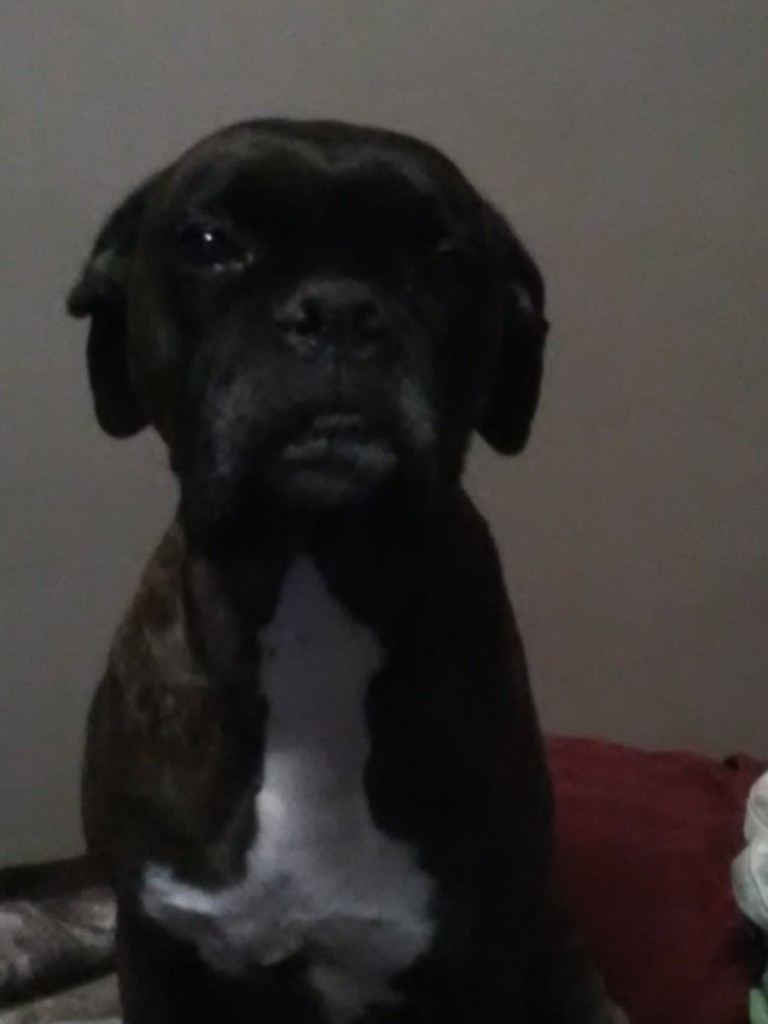
![]()
Composition and Angles
(How far away do you take the picture and from what angle.)
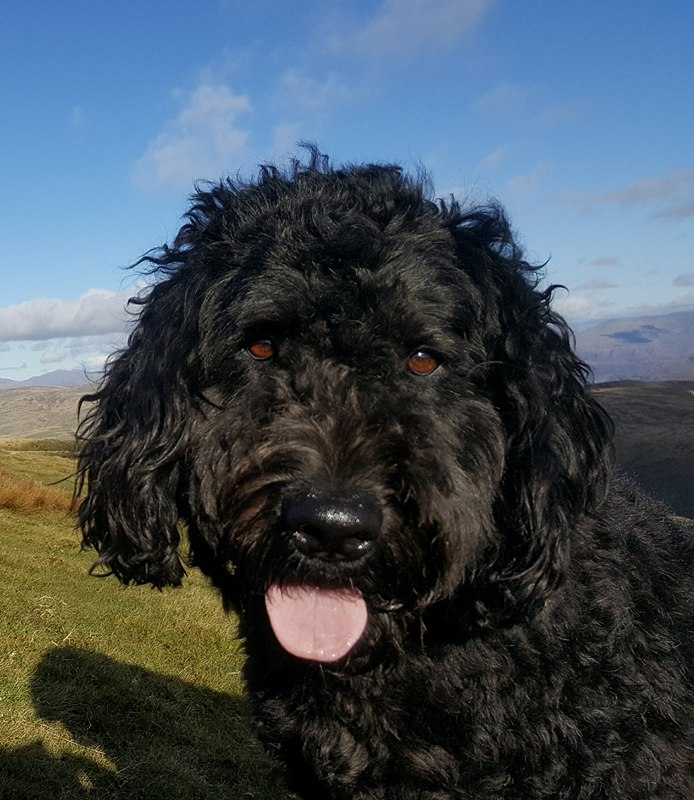
Good Example.
These two images are great examples of how to gain a good composition. The images showcase the head and shoulders of JB from the front and the side.
What makes these great photos as well is that JB is facing the light source which in this case is the natural sunlight - this captures the light of his brown eyes beautifully!
See below for examples that doesn't work so well!
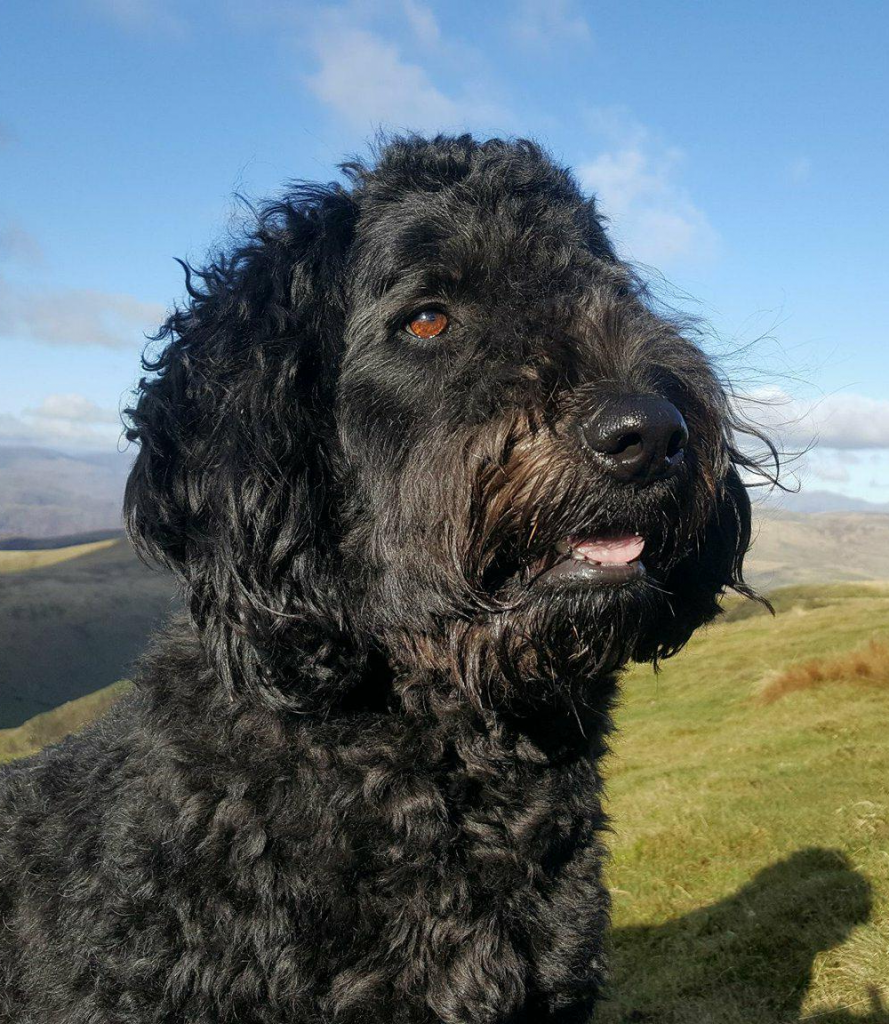
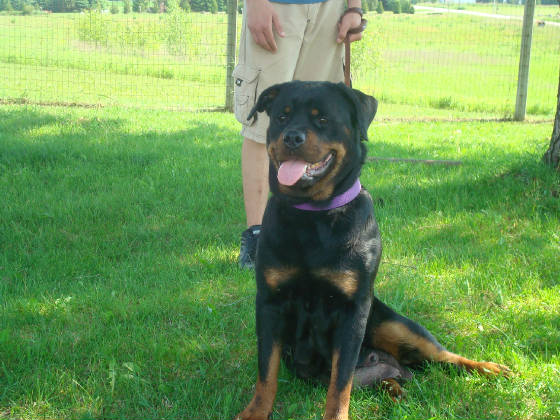
Bad Example.
The reason this image isn't good for drawing from is because the dog is too far away. When the Pet is too far away, it means that when I zoom in the image of the dog is so small that the pixels don't pick up the detail. (This you can see in the zoom section.)
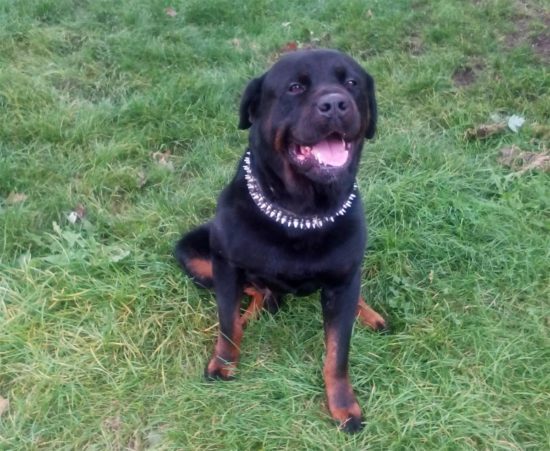
Bad Example.
This photo has been taken from a height above the dog which has distorted the shape of his face. This isn't the greatest angle and again it's too far away from the dogs head and shoulders, so zoom detail will not be captured.
![]()
Zoom Test
When I draw, I zoom in on the image especially around the nose, eye and ear areas to get the best detail I can.
Your photo test when you've taken it, is to zoom in on your photo. If it's pixellated (blurry) it's no good. If it's quite clear, then you're good to go! If you're not sure, then you can just send it over and I'll let you know if it's useful. It should look as close to the image below as possible.
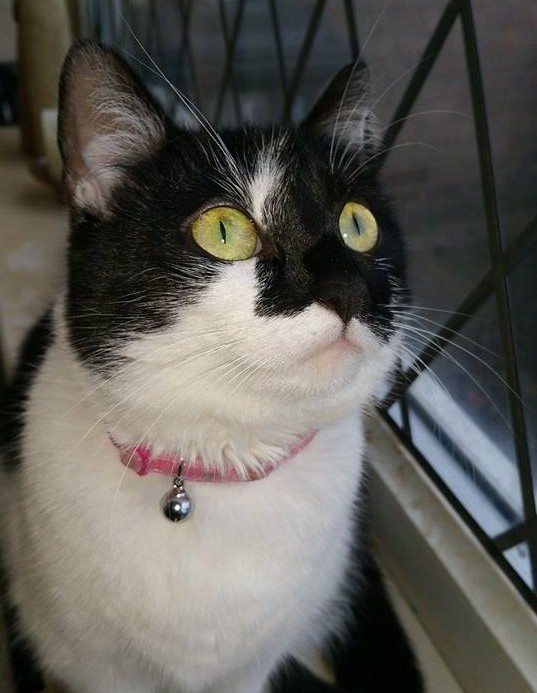
Good Example.
This image is the ideal photo for a drawing. It ticks all the boxes!
Natural day light - Check!
Close up to the Pet - Check!
Head and Shoulders - Check!
Zoom Quality - Good - Check!
(Note - you may be able to see that the zoomed image is pixellated, but this is adequate enough to draw from.)
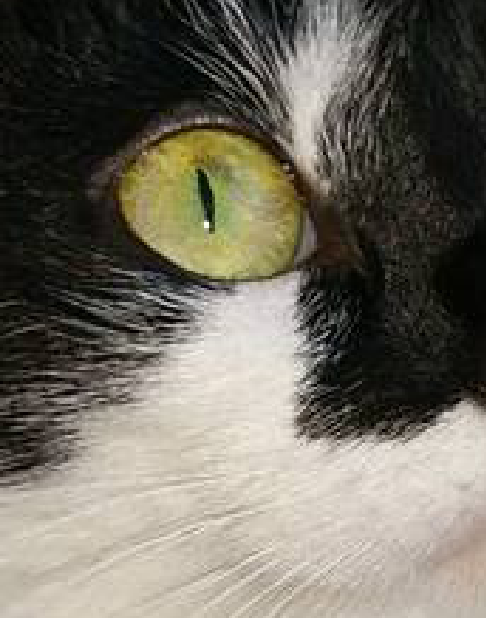
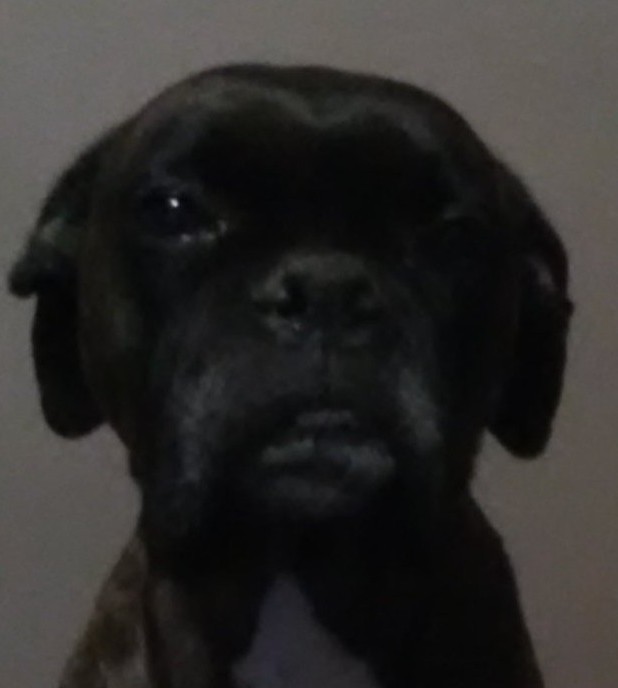
Bad Example.
This image is not ideal because when you zoom in, the quality is dark and grainy and there is no detail highlighted in the fur.
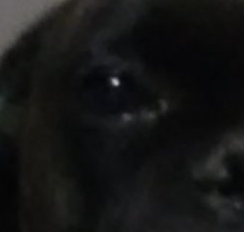

Bad Example.
This image is not ideal as you can see that the image is pixellated when you zoom in and you cannot see any of the fur detail. The dog is also too far away.
